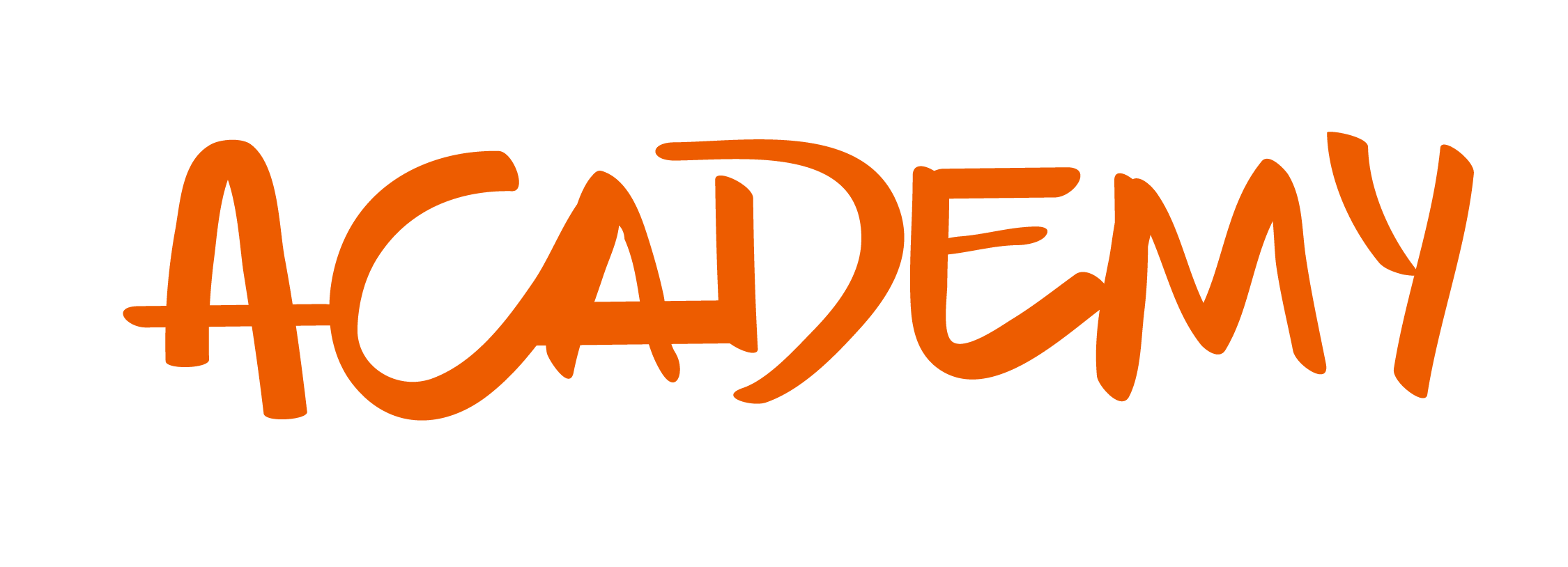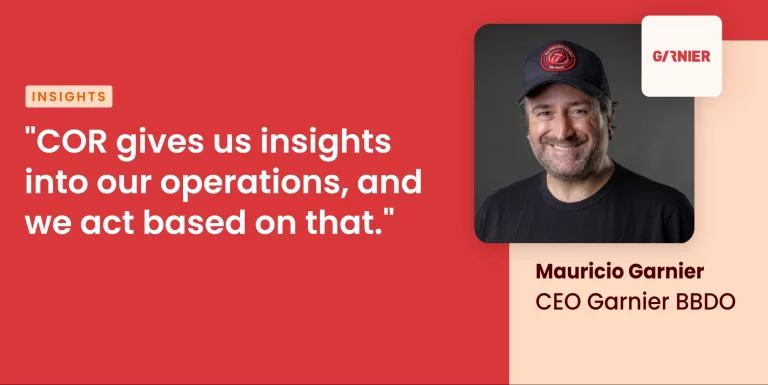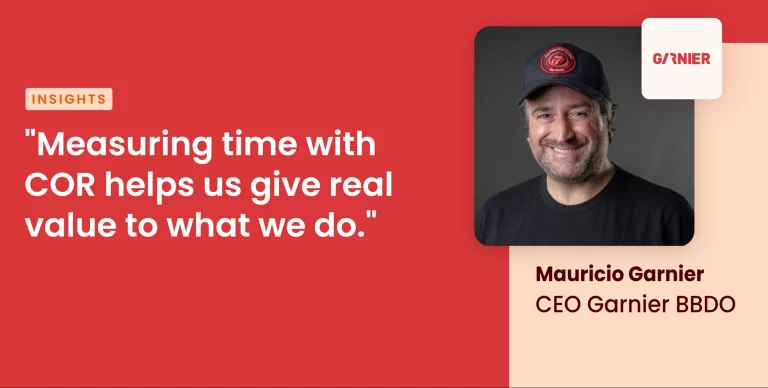Nowadays, businesses have multiple hard and soft objectives they need to accomplish in order to become a better company. For them to become top operations, they require a happy and satisfied talent pool, they need to be involved in local and international trends, and they need to keep long term growth objectives and goals in mind. But none of these are possible without an effective and healthy profit margin.
A profitable business is not one that has a million clients, but one that has a positive bottom line, and healthy margins for investing in the company’s future. Let’s take a look at how structural costs and pricing strategies affect your business profitability. It’s not about volume, it’s about data driven decisions and smart pricing strategies.
What does cost structure mean?
A business’ cost structure involves the several types of expenses any operation incurs in for it to work and keep its operational level. There are two main or typical types: Fixed costs and variable costs. The difference between them radicates in a simple concept: does it fluctuate depending on sales volume?
These cost structures will change depending on the nature of the company’s industry, area of operation, size, or whether they offer products or services. And there can even be different cost structures within a same enterprise, depending on the area or department, on client type, project, or on different product lines or type of service offered.
Basic types of cost
Fixed costs are the ones that remain stable and unchanged throughout time, with no direct link to production volume or service output. Some examples are the office rent lease or mortgage payments, overhead, general salaries, insurance fees. Utilities like power, water or heating bills may depend on the nature of the work done. If the business’s prime activity depends on intense labor for production, it could be a variable fee. They could also include interest expenses or property taxes.
Variable costs refer to the ones that are permeable to modifications according to production volume or amount of services provided. These include sales commissions, shipping costs, . They can also include direct or variable work materials, from office supplies to primal matter. Another possible item of variable costs can be outsourced labor or extra hours from employees. Since the volume and frequency of use is dictated by the amount of projects required, it’s only logical that these expenses are directly proportional to sales and production.
These expenses can be grouped into cost pools, which gather individual charges like billable hours or machine operating costs, into one group of designated cost objects. This can be linked with cost allocation, a process in which expenses are assigned to the right objects, like product lines, projects, or departments, in measurable numbers.
The objective of these practices is to distribute cost in several areas or articles in order to calculate the profitability of different business endeavors. For example, if you manage to differentiate the production cost of each product line you can easily know whether it’s profitable or not.
Why does your cost structure determine your profitability?
The only way of knowing your profitability rates and real bottom line is to know the ins and outs of your daily operation and internal processes. We will develop this in depth later on, but it’s worth mentioning now, due to its radical business importance. Without access to data, there’s no way of improving your company’s profitability.
The reason behind differentiating fixed and variable expenses is simple, it allows for better and more efficient budgeting and planning. Having the knowledge of how sales affect the behaviour of fixed and variable costs is a needed tool. When you acquire the data of these fluctuations you can directly calculate the bottom line of each area.
Logic would dictate that profit increase as sales do, it should be a given that if you work harder the bottom mine will be better. But it ‘s not, maybe the sheer number of volume/invoicing do grow their numbers, but the net earnings do not. As many smart business owners know: gross profit means nothing without a strong pricing model and good margins.
If your costs are excessive in the variable category then the revenue your company could be earning is tied and brought down due to an unadaptive cost structure. When the cost structure is badly planned, as happens when your unit costs exceeds sales per unit, it reflects in the same percentage of profit: the volume grew, but the available cash flow didn’t.
Cost structure Analysis: Maximizing profits
A rule of thumb for small businesses, startups, or new businesses, is to keep a close watch to how changes in goods production volume or fluctuations in selling price affect profitability. It’s such good advice that any business should follow it.
In order to be able to maximize profits you need to make a cost structure analysis, this will help you solve the most important question linked to increasing margins: At what volume should production be? And how many employees are needed to do so?
Let’s take a look at the calculations required to answer this question.
Fixed Costs + Variable Costs = Total costs. (TC)
This is needed to know how much each unit of product costs to produce, this is our Marginal Cost, and the equation looks like this:
Marginal Cost = Change in Total Cost/ Change in Quantity Produced.
This can be linked as well to Marginal Revenue, which is the amount of revenue generated by each sold product unit.
How does it work?
Let’s imagine a company has $1000 of Fixed costs as it begins, since they haven’t hired anyone yet their production quantity is at 0. Their first new employee has a $800 salary and a monthly production capacity of 50 units. So this would mean the Marginal Cost of each unit is $16, dividing the change in TC by the change in quantity produced. If the product sold has a $20 price, then the company earns $4 dollars for each sale.
If they add 2 more employees, they can raise the monthly production capacity to 200 units, for example. In that case, the Marginal cost of each unit would be $10,6, allowing the company to earn $9,4 for each sale.
In this case, they were able to reach a better profitability by acquiring talent, in an ideal setting, in which products don’t go bad, and the possibility of hiring according to the company’s structure has not been reached.
For example, if you think about a restaurant, hiring more cooks would be pointless if you don’t have unused stations. The production capacity of a kitchen has a limit designated by the material features of the restaurant. So if the current cost structure is inadequate, and raising the quantity production is impossible, another possibility is to reassess the price points and product cost. If the QP variable can’t be modified, then the other variables, Total Costs and Marginal Costs need to do so.
This applies to any type of business, if one variable can’t be changed, then the others need to be analyzed. Maybe this kitchen can opt for a price increase, if they know their patrons would still frequent their restaurant. Maybe they could go the other way round, target another type of audience by lowering their prices and having more tables with easier dishes. Maybe they could optimize their total costs: if they sold lobsters, which have a short shelf life and generate a lot of lost revenue if they have to be thrown away, they could stop offering that dish.
Another type of situation that is not so easily reflected is the cost structure of professional service businesses, we have dedicated some thought to this, you can read it here and here.
Aligning cost, pricing and profitability
Putting a price tag is one of the most important decisions, one that could make or break a company. Setting prices is an activity that requires information, knowing your target customer base, the total cost of running the business, and how the two interact. It is a strategic way of increasing the operation’s profitability.
There are many ways and actions to take in order to increase profitability, and most of them are linked to cost, both of these concepts are two faces of the same coin. But not everyone has the structure and knowledge necessary to optimize production across the organization, or setting the right price. But there are four basic steps to take in the right direction.
-
Determining a Cost Structure
Cost can be a hard equation to tackle, it’s never as easy as it seems. But it is the first step into maximizing profitability. The key is to isolate the real cost of production, which usually takes into account materials, overhead, and direct labor salaries. If the nature of your business requires other expenses that feed into the production lines directly, then those are also needed in the calculation.
This information is a valuable asset, these are the important sets of data that are needed to make productive, efficient, and smart business decisions. In the best of cases this information is part of a larger set of company data, inside a project management software, or similar. Why is it important for the information to be part of a tool?
Because having a transparent picture can help clear a way into seeing the overall process, via internal reports, and getting the chance to understand where the system is not working, and where changes should be made. These types of software tools can make automated reports, and cross reference important sets of information with only a click.
With every piece of information about what goes into production expenses, you will be able to consistently break down costs in alignment with company goals. And doing so across every type of project of product line allows for an accurate idea of costs.
-
Set Profitability Goals and Measure them
Here we will get into Gross Profit, the profit any business makes after deducting the costs of making and selling products. It can be calculated by subtracting the Cost of Goods Sold (COGS) from sales and revenue. But reaching this number is not enough to reach profitability goals. The key is understanding how much profit the business must reach in order to meet or exceed profit goals.
Calculating how much each product line or each job should be priced is what is needed in this step. After optimizing and lowering costs of production, you need to understand the percentage of revenue each piece sold brings into the company. This is where companies can lose their profitability, by not reaching a level of clean revenue that allows for growth opportunities and investing in the company itself.
-
Look Out for Cost Drivers
Basically, cost drivers usually amount to materials, labor and overhead. Barring any industry required extra type of expenses of course. It is vital to know how to prioritize these three, and which requires the highest level of quality per product in order to correctly segment and allocate actions or material losses against it.
Overhead usually involves expenses and costs that are not strictly inside the product family, like material expenses like heating, electricity and supervision. So trying to allocate these expenses to a certain family would be pointless, since they are a necessity across the business. It could be best to look for ways to reduce this across the whole independent company.
Another important measure, that can be divided according to each individual sector, is units per labor hour. This throughput is a way of knowing how fast production and shipping is, a fast pace allows for lower costs and higher profitability.
-
Acknowledge the Relation of Costs and Profitability on Pricing
Pricing is the closest path towards protecting margins. Acquiring the actual and accurate data of production cost and profitability can lead to confidence in business decision making. When you reach this position you can take into account price elasticity for maximizing value and lowering the chances of client loss. Part of managing a valuable business is knowing how and when you can set higher prices, as part of a strategy set in motion due to the information you know about your own operation. Which product families should go higher? Which should get a discount?
You will eventually be able to set prices by taking into account the best percentage of revenue for each product. Aligning price, cost and profit is what makes a company competitive and profitable.
Making a Pricing Structure: What is best for your business?
There are several types of structure to choose from, the important thing is to analyze your own company and determine what is best for you specifically.
-
Value Pricing
Intuition can only take you a certain way, until you need to rely on data, metrics and evaluation to support your decisions. Software solutions are very popular in this type of structure, since it requires data to be set in place. These tools can show the true cost of each product or job. And this is the key feature of this structure, this allows you to find your hidden value and measure the financial impact of your actions.
The focus of Value Pricing is gathering the necessary data in order to see every bit of value that is delivered to the client, and justify changes in pricing and analyze how it affects the bottom line. Another vital aspect is the belief that investment in the company can be beneficial for the long run, expenses are encouraged if they are going to end up paying for themselves later on.
-
Target Gross Profit Margin
This strategy requires us to think about everythings as a relative, and as a percentage. Fixed and static expenses don’t mean much without its context, without the possibility of seeing how it affects each business element, and in what percentage.
The focus of this structure relies on the bond between the labor force and its impact on the company’s profits. The amount of money invested in the talent can even help impact the bottom line. Salary costs can be tracked and analysed for hidden value. These hidden values come in the form of training, PTO, travel, and project management solutions.
In Target Gross Margin, you need to set a minimum price for the offered goods as a multiple of the production cost. When you know the minimum amount you can play and test the market, to see how much it will bear. Maybe you lose a small percentage of clients, but that can be a good sign.
Measuring gross profit percent is a given in this strategy. Measure every job, and each product, in order to see any trends or problems. With this data you can study where there are variations and differences, and figure out where the system needs support, or maybe a change in the procedures. This leaves you knowing your true costs, and thus your true value, allowing you to price accordingly.
-
Cost Plus Pricing
This one can be a little tricky, and limit potential upside. But it may be a good bet for your operation. In this one you need to include everything into your pricing calculations, materials, overhead, and the whole labor force’s salaries. This is basically pricing items according to a standard percentage markup, you set a total price, and then mark every set of the production process a standard percent.
The problem with this strategy is the lack of information, because most employees don’t really have an accurate picture of their true cost. And they can’t take into account the whole process, and the many ways in which it can be inefficient. And that is why we don’t recommend this strategy, the only way of having it be profitable requires to sustain low levels of efficiency.
We hope you acquired new insight today, and realized just how important pricing and cost performance are to a business’ profitability. We can’t stress enough the importance of tracking your costs, and understanding your internal processes. Gathering data about your own operation can set you forth into a better profitability path. If you wish to know how exactly we can help you become more efficient and make data driven decisions, request a demo today!















